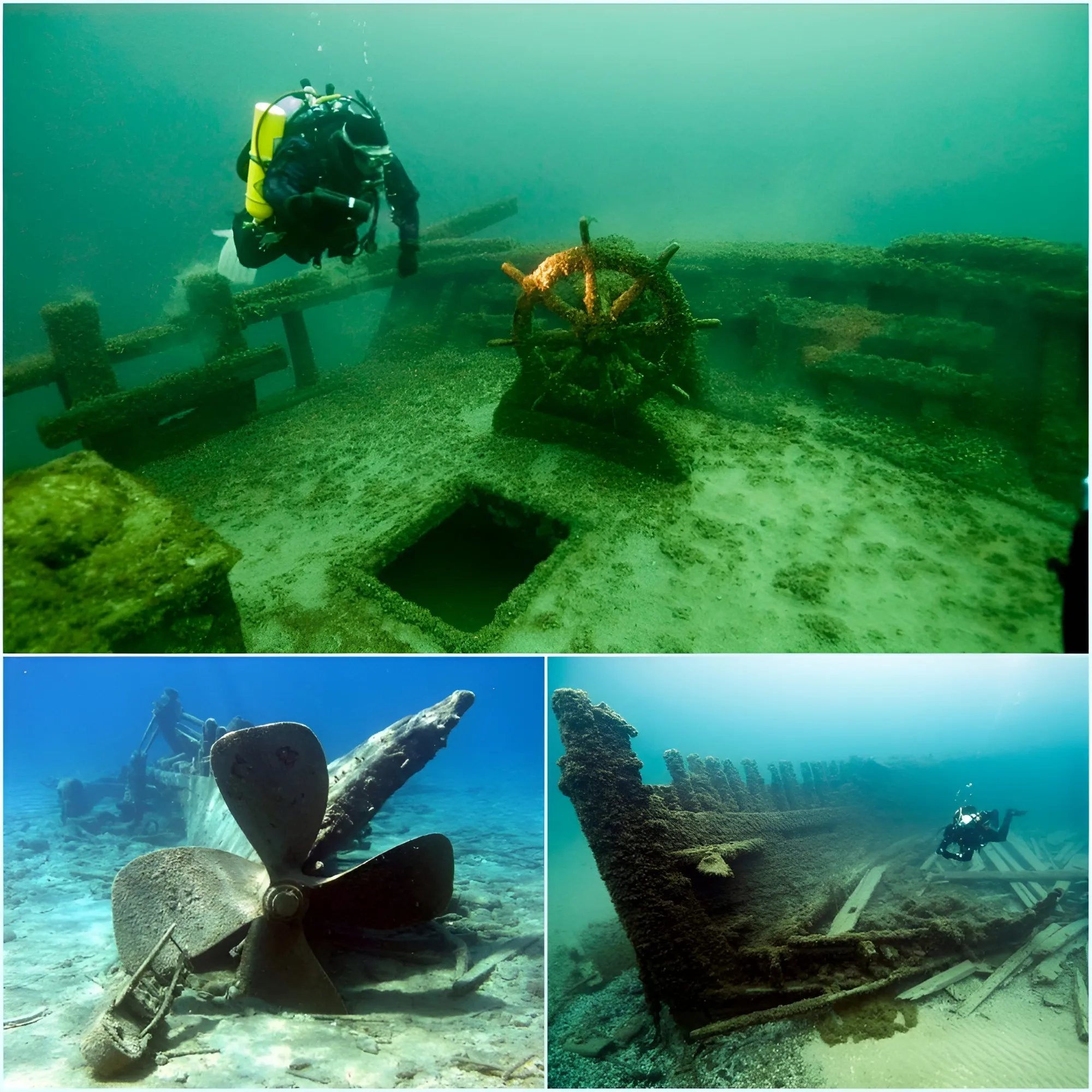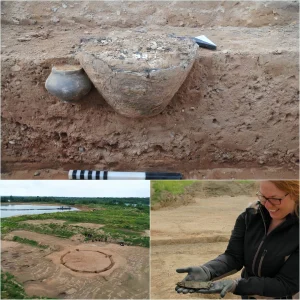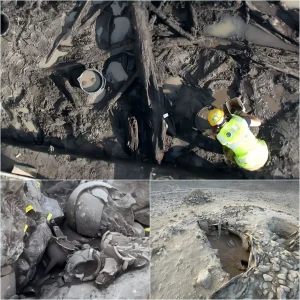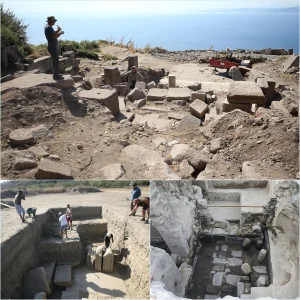Since the mid-19th century, the Thunder Bay region has served as a crucial waterway, positioned along shipping lanes connecting the upper and lower Great Lakes. Known for its unpredictable weather and hazardous shoals, the area has witnessed over 200 vessels sinking beneath its waves, earning it the nickname “Shipwreck Alley.”

In response to this maritime history, Michigan established a 290-square-mile underwater preserve in 1981, which later expanded into a 448-square-mile national marine sanctuary in 2000. Further enlargement in 2014 extended its boundaries to encompass 4,300 square miles, encompassing nearly all waters from northeastern Michigan to the U.S./Canada border.
Within the Thunder Bay National Marine Sanctuary, nearly 100 shipwrecks have been discovered and documented, spanning from 1849 to 1966. These wrecks offer a chronological view of Great Lakes maritime development, featuring vessels ranging from wooden schooners and early steamboats to modern steel-hulled freighters. The cold, fresh waters of Lake Huron have remarkably preserved these wrecks, maintaining structural integrity and preserving mechanical components and personal effects of sailors virtually unchanged over time.
However, the sanctuary faces challenges from invasive species like zebra and quagga mussels, which threaten to degrade these historically significant sites. Their colonization has posed difficulties for ongoing archaeological efforts aimed at documenting and studying the wrecks within the sanctuary.





